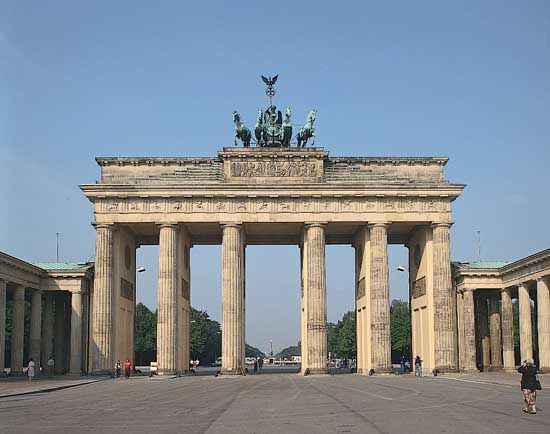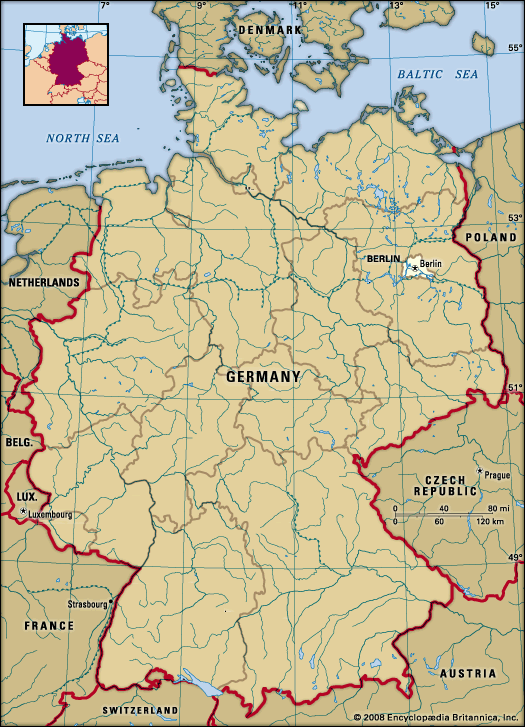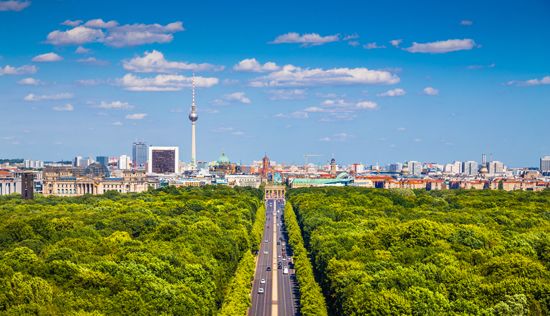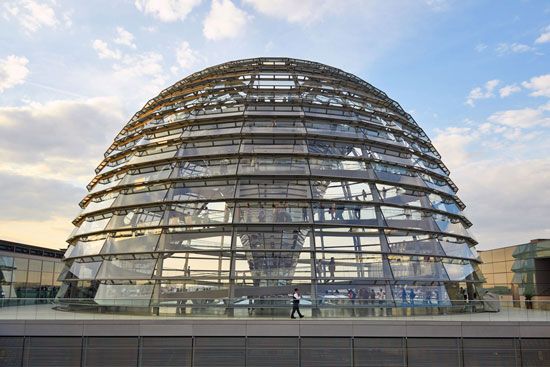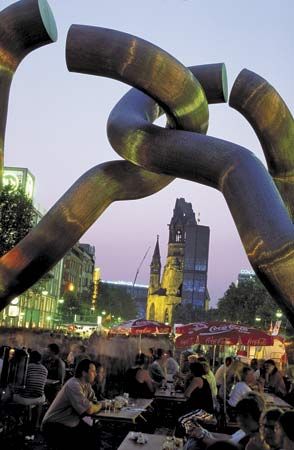For Students
To a large extent, traditional economic activities, greatly reduced by World War II, have been revived throughout Greater Berlin. These include the production of textiles, metals, clothing, porcelain and china, bicycles, and machinery. Electronics became a principal postwar industry. The production of food, chemicals, cigarettes, and confectionery continues. Berlin is Germany’s largest industrial town and a major centre of trade and technological development; many companies maintain facilities in the city. Modern rapid transit systems have existed since the 19th century. Construction of the Stadt- or Schnellbahn (S-Bahn), a largely elevated and partly underground railway system, began in 1871, and building ...(100 of 6332 words)

